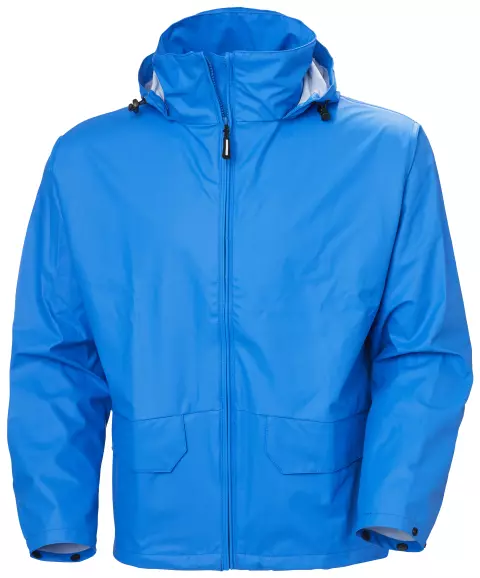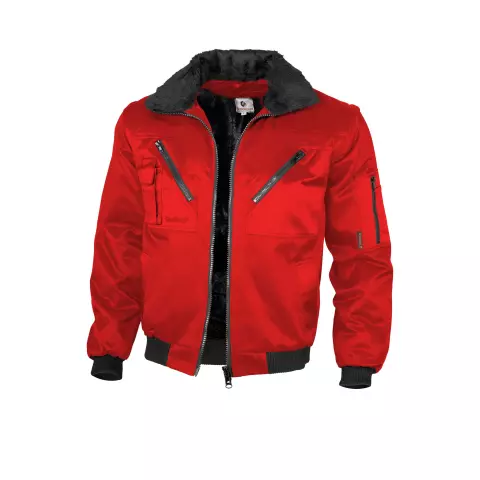Work Jackets & Vests
Work jackets and vests, also known as workwear jackets or safety vests, are essential protective garments designed for durability and functionality in demanding environments. These items are commonly used in industries such as construction, manufacturing, logistics, and utilities. They provide necessary protection against weather elements, enhance visibility, and often include features like multiple pockets and reinforced stitching to support various job functions.
Work jackets and vests, also known as workwear jackets or safety vests, are essential protective garments designed for durability and functionality in demanding environments. These items are commonly used in industries such as construction, manufacturing, logistics, and utilities. They provide necessary protection against weather elements, enhance visibility, and often include features like multiple pockets and reinforced stitching to support various job functions.
Work jackets and vests, also known as workwear jackets or safety vests, are essential protective garments designed for durability and functionality in demanding environments. These items are commonly used in industries such as construction, manufacturing, logistics, and utilities. They provide necessary protection against weather elements, enhance visibility, and often include features like multiple pockets and reinforced stitching to support various job functions.
List products you’re looking for and we’ll find the best products and prices for you – all for free.
Need help?
Get help from our experts
Be the first to hear about offers, industry trends and get tips on industrial supplies.
FAQ – Frequently Asked Questions
You can pay with any of the following popular payment methods:
Need help?
Get in touch with our customer support if you need help
Chat with us
Get help from our experts
















